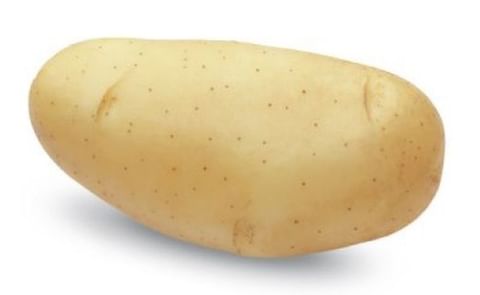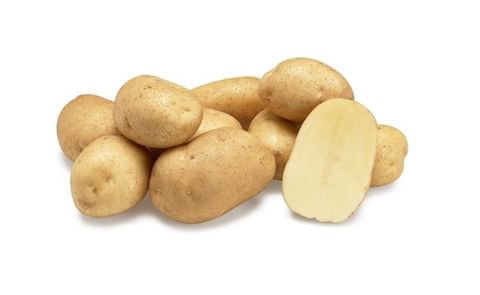Potato cultivation in Saudi Arabia has grown significantly since 1977, when production was just 190 tons, rising to over 20,000 tons by 1985 due to government subsidies, certified seed imports—mainly from the Netherlands—and support for irrigation and equipment. By 2023, local production reached around 621,751 tons, achieving 87% self-sufficiency.
The Saudi Potato Development Programme (SPDP) played a crucial role in seed importation, multiplication, and certification, enabling the cultivation of high-yield varieties like Spunta, Ajax, Mirka, and Diamant. A key challenge remains cold storage, especially for preserving spring seed tubers for fall planting; in 1983, SPDP operated cold stores in Al-Kharj, Unayzah, and Hofuf with a total capacity of 1,200 tons. Expanding storage is vital for further growth.
Potato marketing is largely handled by small-scale importers and traditional wholesalers, many of whom also trade onions and garlic. Despite supermarket expansion, bulk buyers and lower-income consumers still rely on independent sellers. Yellow-skinned, oval-shaped varieties such as Spunta and Ajax are preferred, while white-skinned ones are accepted if large and well-shaped. Imports from Turkey, Lebanon, Cyprus, Egypt, and the Netherlands continue to supplement the supply, particularly in off-seasons.
Potato cultivation in Saudi Arabia is a relatively recent agricultural achievement, with no recorded domestic production before the mid-1970s. Initially, rising potato consumption was entirely met through imports, which reached over 34,000 tons by 1978. To address this dependency, the Saudi Ministry of Agriculture and Water partnered with the Netherlands in 1975–76 to launch the Saudi Potato Development Programme (SPDP). By late 1976, experimental potato trials began in the Qassim and Kharj regions, marking the start of local cultivation.
Supported by government subsidies, seed input assistance, and state price supports, potato production grew rapidly—from just 190 tons in 1977 to over 20,000 tons by 1985. Despite this progress, domestic production in 1985 still met only around 15% of the nation’s total potato consumption.
Today, potato farming in Saudi Arabia stands out for its technical sophistication, high capitalization, and robust government backing, reflecting the country's commitment to achieving agricultural sustainability and food security.
Agricultural Statistics for saudi-arabia
Loading...
Consumption Statistics Saudi Arabia
| Potatoes (Fresh and Processed) , Consumption (Crop Equivalent) in 2021: | 31.08 | kg/capita/year | ℹ | Potatoes (Fresh and Processed) |
| Sweet Potatoes , Consumption (Crop Equivalent) in 2021: | 0.35 | kg/capita/year | ℹ | Sweet Potatoes |
| Potatoes (Fresh and Processed) , Consumption (Crop Equivalent) in 2020: | 28.19 | kg/capita/year | ℹ | Potatoes (Fresh and Processed) |
| Sweet Potatoes , Consumption (Crop Equivalent) in 2020: | 0.29 | kg/capita/year | ℹ | Sweet Potatoes |
| Potatoes (Fresh and Processed) , Consumption (Crop Equivalent) in 2019: | 24.84 | kg/capita/year | ℹ | Potatoes (Fresh and Processed) |
| Sweet Potatoes , Consumption (Crop Equivalent) in 2019: | 0.14 | kg/capita/year | ℹ | Sweet Potatoes |
| Potatoes (Fresh and Processed) , Consumption (Crop Equivalent) in 2018: | 22.54 | kg/capita/year | ℹ | Potatoes (Fresh and Processed) |




